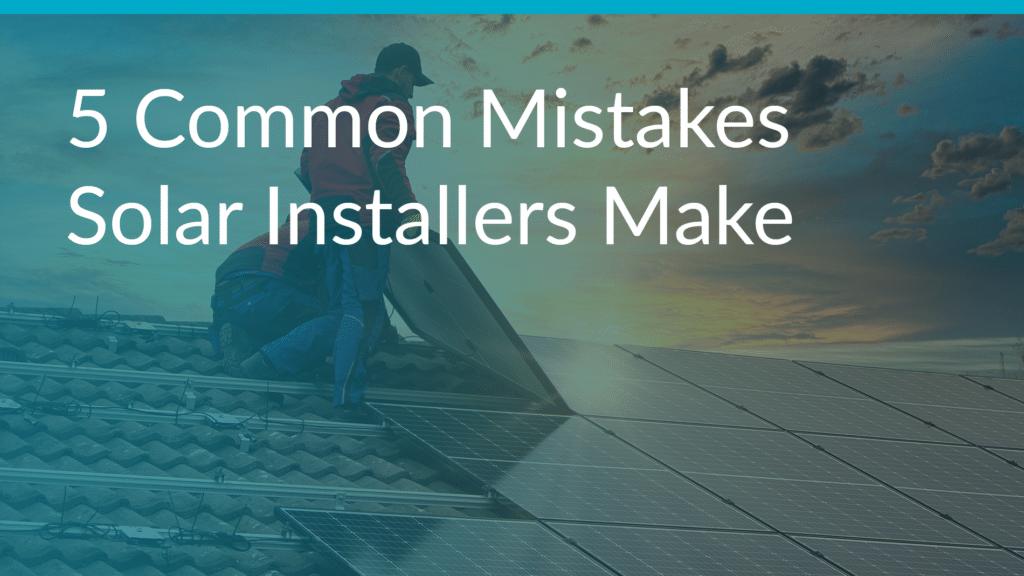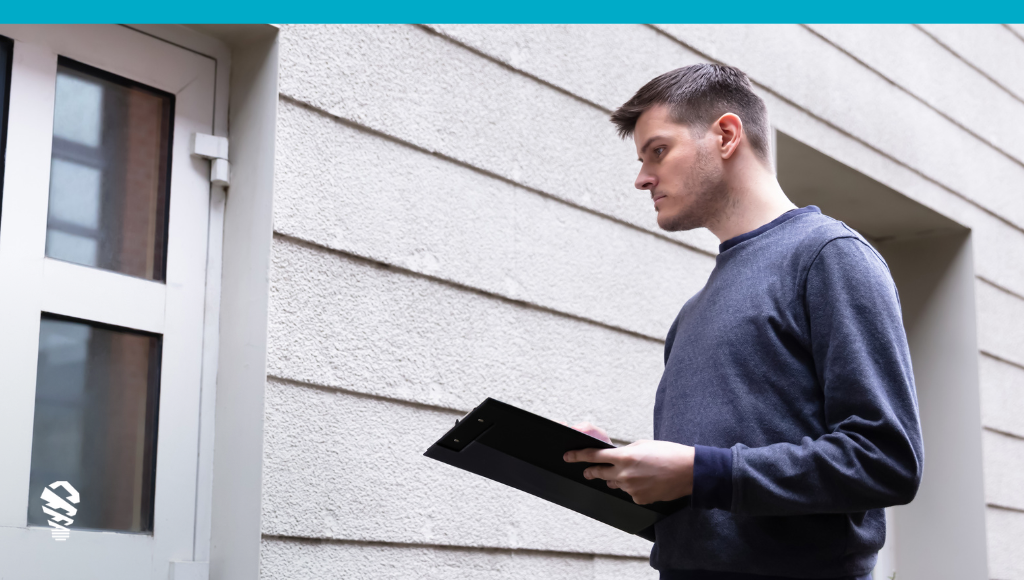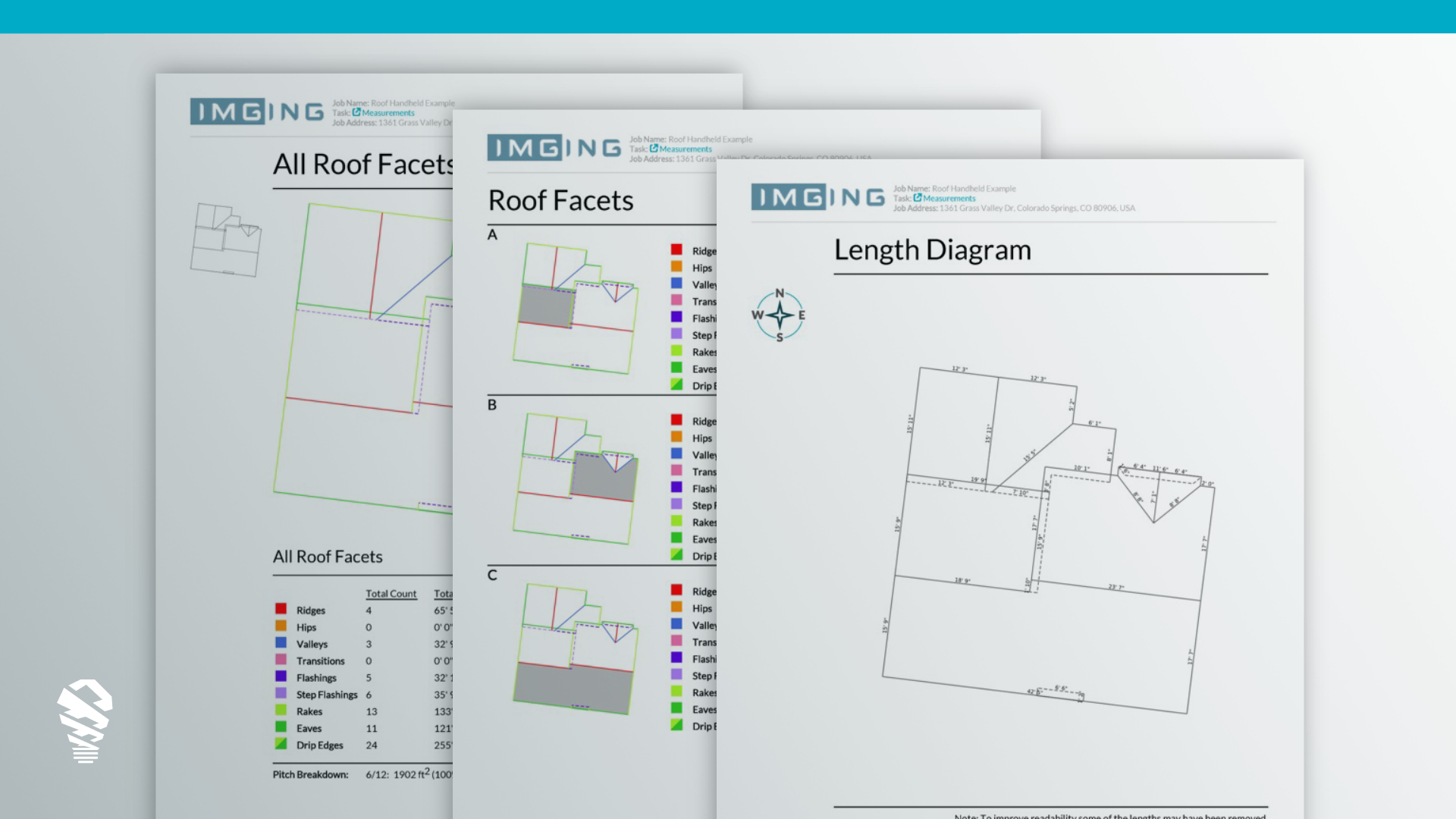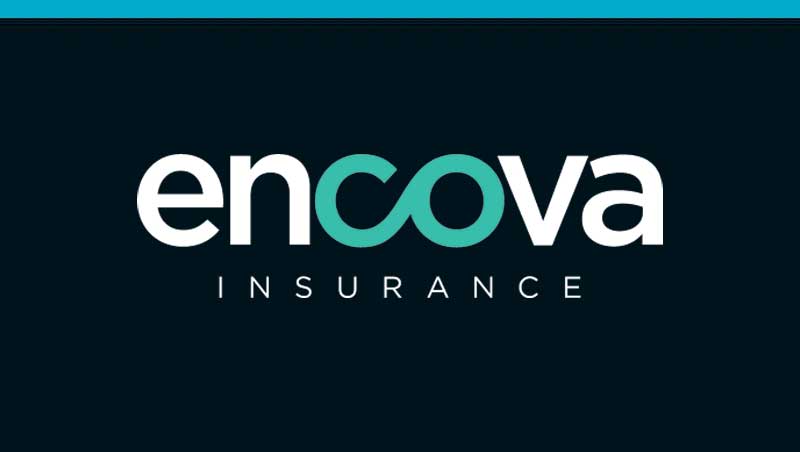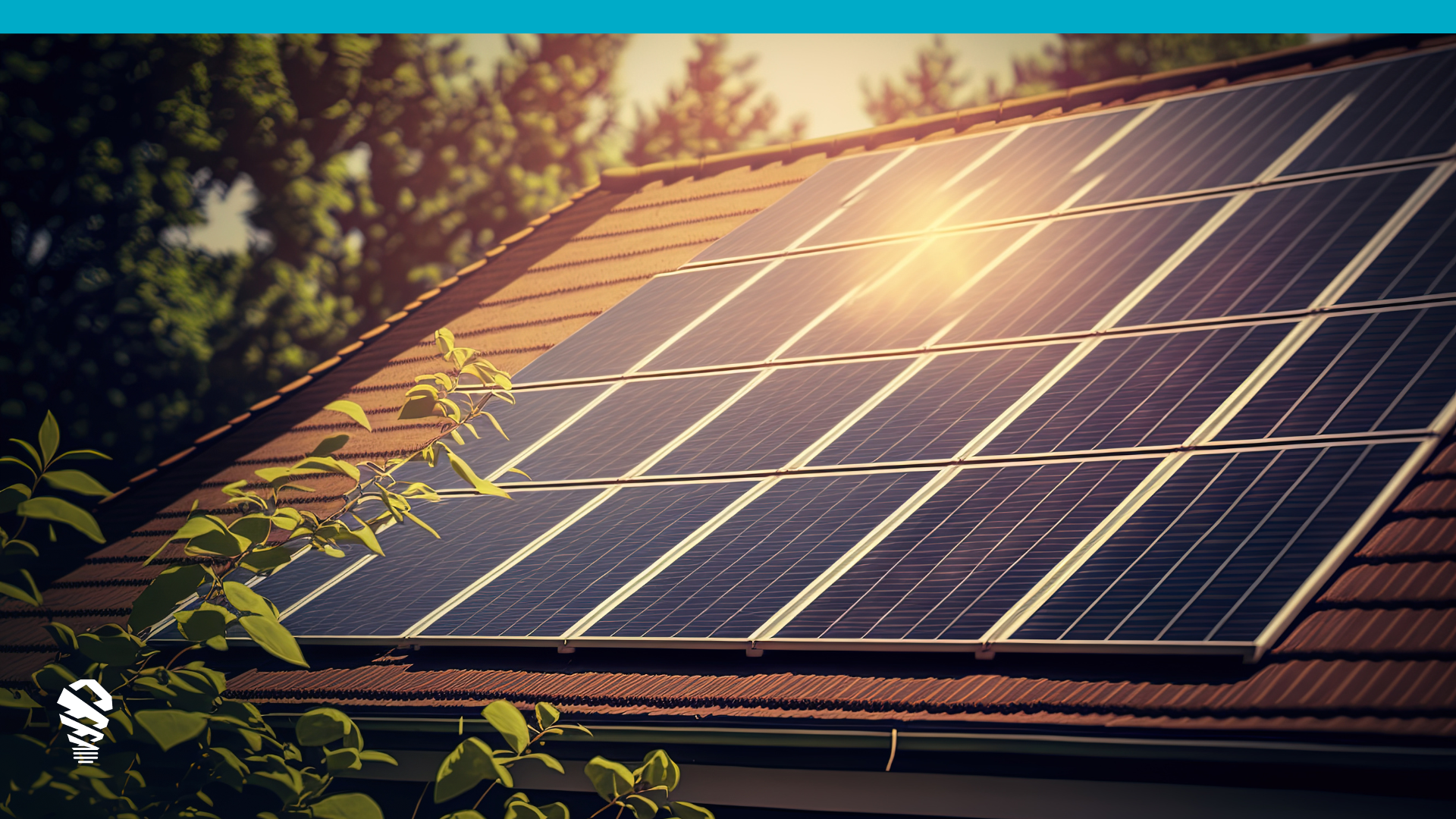The solar energy industry is blowing up. More and more people are turning to solar energy to reduce their carbon footprint and save money in the long run. As a result, solar installers are popping up everywhere and offering their services to homeowners and business owners.
While the first solar building was created in 1973, solar panels for private homes and buildings didn’t catch on until 2006. Which means the solar industry is still relatively young, and the solar industry is still growing and learning from mistakes.
In 2022, Congress passed the Clean Energy Infrastructure Act of 2022, a sweeping piece of legislation that aims to boost the growth of renewable energy sources such as residential solar. The act includes tax credits for homeowners and businesses that install solar panels, as well as increased incentives for states to adopt renewable energy goals. Renewable energy sources have seen a dramatic increase in popularity due to this legislation, making clean and sustainable energy even more accessible and affordable than ever before.
So, if you want to differentiate yourself from other solar installers in this young but exploding industry, you have to avoid making mistakes that could cost you business or damage your reputation. Here are the five most common mistakes every solar installer should avoid:
5 Common Mistakes Solar Installers Should Avoid
Overpromising and Under Delivering
When you’re trying to close a sale, it’s tempting to promise more than you can realistically deliver in the hopes that the customer will forget by the time the installation is complete. For example, you may promise a certain amount of energy savings or PPW, only to find out later what you promised isn’t possible.
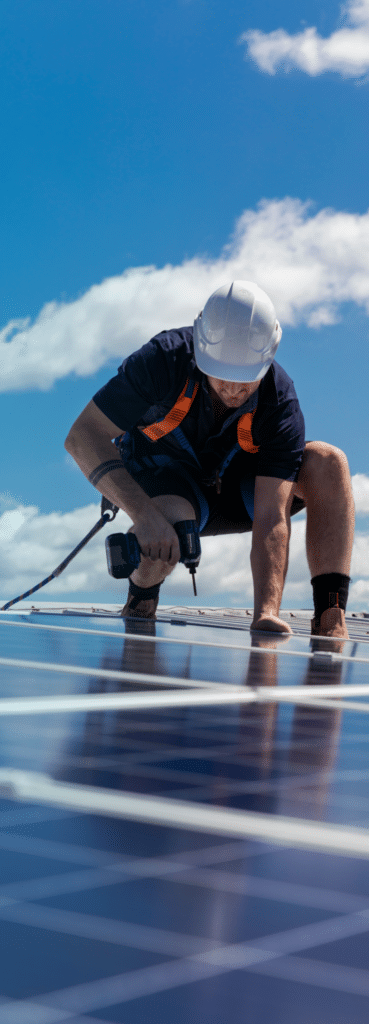 Don’t be that guy. Solar installers need to be honest with potential customers from the very beginning. Always explain what’s reasonably possible given their roof size, location, and energy needs. This approach helps manage customer expectations and prevent disappointment later. You may actually be able to over deliver on your promises by managing customer expectations, which will lead to customer loyalty and good word-of-mouth.
Don’t be that guy. Solar installers need to be honest with potential customers from the very beginning. Always explain what’s reasonably possible given their roof size, location, and energy needs. This approach helps manage customer expectations and prevent disappointment later. You may actually be able to over deliver on your promises by managing customer expectations, which will lead to customer loyalty and good word-of-mouth.
Conducting a Sub-par Site Survey
An accurate site survey verifies rough sales proposal tools while saving redesigns and call offs if your survey is precise enough to accurately determine the energy need site needs and plan sets. Essentially, this sometimes-overlooked operation step is critical to down-the-line savings in the design and installation phase of the project.
The site survey includes factors such as roof pitch, shading, orientation, and measurements. Without a thorough property site survey, the risk of redesigns and wasted money due to operational hiccups can cross 50% in some companies. With accurate site surveys, redesigns drop to basically zero. If you have to redesign your solar plans because of inaccurate data, each redesign can cost hundreds to thousands of dollars and cause unnecessary delays in the installation process.
To avoid this scenario, be sure to conduct a thorough and precise site survey. The easiest and most reliable way to ensure the best site survey possible is to conduct a drone site survey. In about 10 minutes, the drone will gather all the data you need with high-res photos. Then, using solar survey software like IMGING, you can get an auto-generated 3D model of the property, complete with precise measurements, shading analysis, and horizon reports. Then you can export your models into any CAD program to speed up the solar design process without sacrificing accuracy.
Performing Inaccurate Roof Penetrations
Roof penetrations are required to install the solar panel mounting. Once the mounting is installed, the solar installer then attaches the racking to the mounts, installs the panels and the inverter, and hooks up the system. Since roof penetrations are actual breaks in the roofing membrane and roof deck, roof leaks are one of the biggest risks when performing solar installations.
To avoid roof leaks and other roof damage, you should have the necessary training and certifications to perform roof penetrations and make sure all your data is correct. If you’re not confident performing roof penetrations, outsource the penetrations to an experienced, licensed roofer to avoid any serious roof damage or get the training needed. Always check if the roof is under warranty and then follow any specific warranty work guidelines. You don’t want to be responsible for voiding the warranty of a customer’s roof.
Providing Inadequate Customer Service
Customer service is a critical aspect of any business, and solar installation is no exception. Solar installers who don’t provide adequate customer service risk damaging their reputation and losing business.
If you have a large solar company, make sure you hire professional receptionists or customer service reps to ensure your customers are treated well and can talk to a real person. If you’re an independent solar installer, be responsive. Make sure you respond to customer inquiries and provide clear communication through the installation process.
Falling Behind in Industry Trends and Technology
The solar industry is constantly evolving with new technologies and trends emerging all the time. Solar installers who don’t keep up with these changes risk falling behind their competitors and losing customers.
To avoid this mistake, solar installers should stay up to date on industry trends and technology. Attend industry conferences and trade shows, participate in continuing education programs, and invest in the latest tools and equipment.
Solar installation is a relatively new and rapidly growing industry. So, solar installers need to stay on the ball to avoid making common mistakes that could damage their reputation and cost them business. Most of the most common mistakes can be avoided just by being thorough and honest with your customers and staying familiar with the latest solar developments.
If you’re looking for the latest in solar survey software, check out IMGING software for solar installers.

